How Are Dash Cams Powered?
Dash cams, or dashboard cameras, have become an essential accessory for many drivers, providing a reliable way to record driving incidents, scenic routes, and even unexpected events on the road. One of the most common questions among new dash cam users is: "How are dash cams powered?" Understanding the various power options available for dash cams can help users make informed decisions about installation, usage, and maintenance. In this article, we will explore the different methods of powering dash cams, their advantages and disadvantages, and practical tips for ensuring your dash cam remains operational when you need it most.
Powering Dash Cams: An Overview
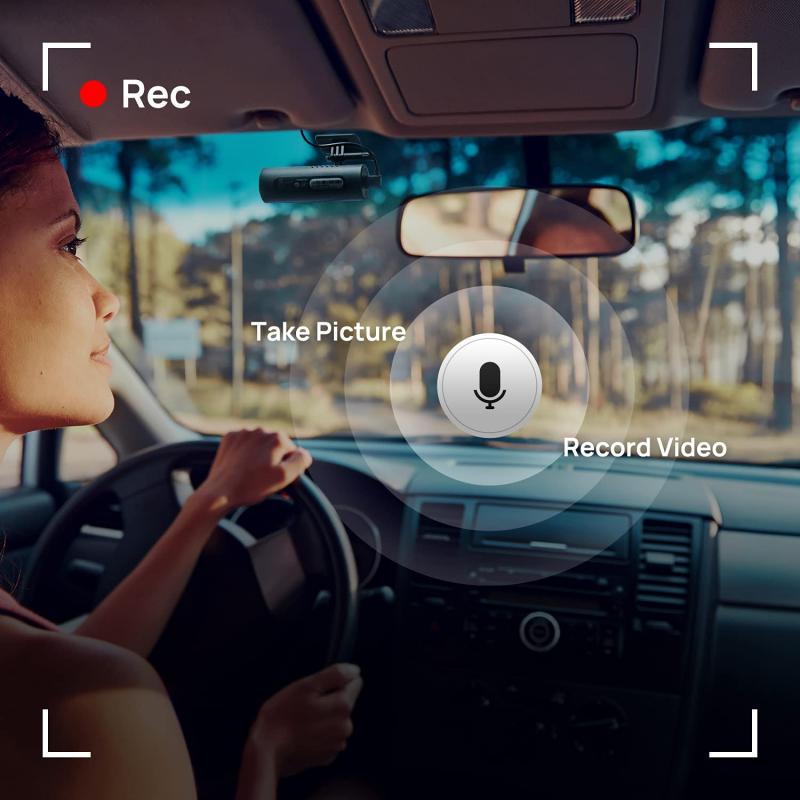
Dash cams can be powered in several ways, each with its own set of benefits and potential drawbacks. The primary methods include:
1. Cigarette Lighter Adapter (CLA)
2. Hardwiring to the Vehicle’s Fuse Box
3. OBD-II Port
4. Battery Packs
5. Capacitors
Let's delve into each of these methods to understand how they work and what makes them suitable for different users.
1. Cigarette Lighter Adapter (CLA)
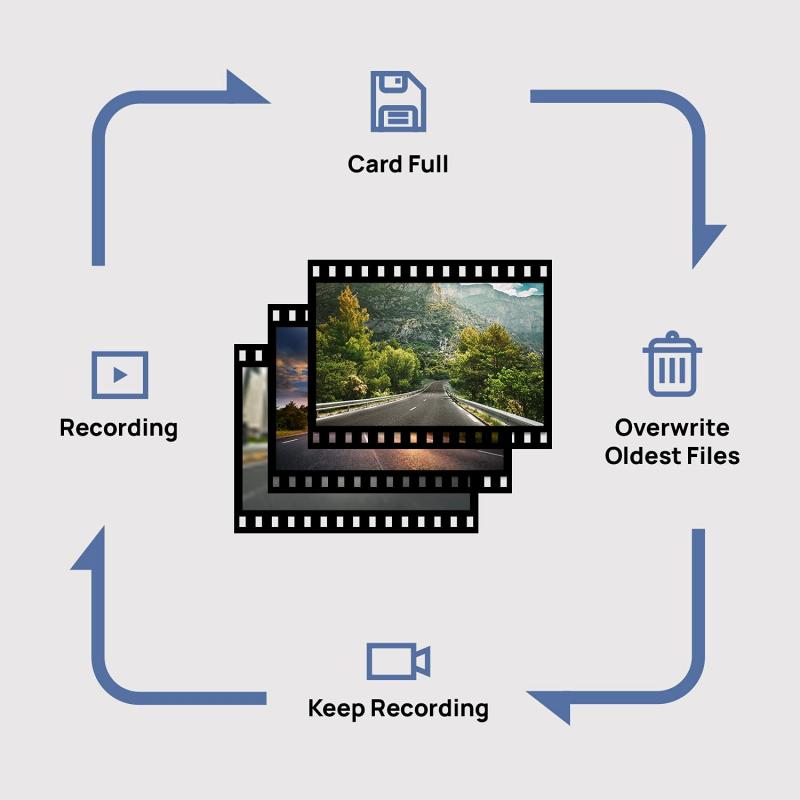
The most common and straightforward method to power a dash cam is through the vehicle's cigarette lighter adapter. This method involves plugging the dash cam into the 12V power outlet (cigarette lighter socket) using a power cable.
Advantages:
- Ease of Installation: No technical skills are required. Simply plug in the adapter, and the dash cam is ready to use.
- Portability: Easy to transfer the dash cam between different vehicles.
- Cost-Effective: No additional installation costs.
Disadvantages:
- Limited Functionality: The dash cam will only operate when the vehicle is running, as most cigarette lighter sockets are powered off when the ignition is off.
- Cable Management: The power cable can be unsightly and may interfere with the vehicle's interior aesthetics.
2. Hardwiring to the Vehicle’s Fuse Box
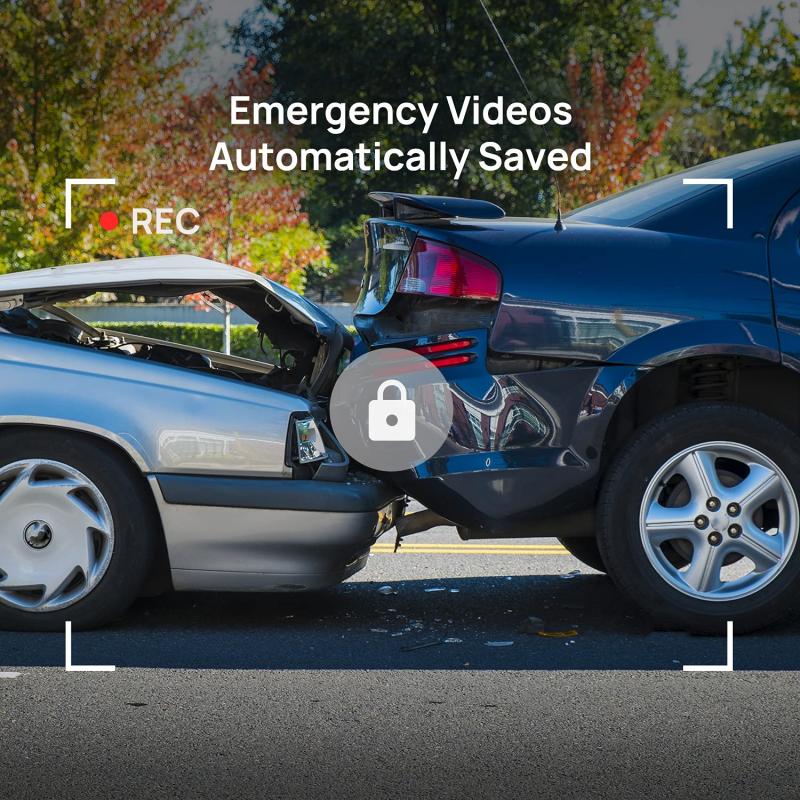
Hardwiring a dash cam involves connecting it directly to the vehicle’s fuse box. This method typically requires a hardwiring kit, which includes a voltage converter and fuse taps.
Advantages:
- Continuous Power Supply: Allows the dash cam to operate even when the vehicle is off, enabling features like parking mode.
- Clean Installation: Wires can be hidden, providing a neat and professional look.
Disadvantages:
- Complex Installation: Requires technical knowledge or professional installation, which can be costly.
- Potential Battery Drain: If not installed correctly, it can drain the vehicle’s battery.
3. OBD-II Port
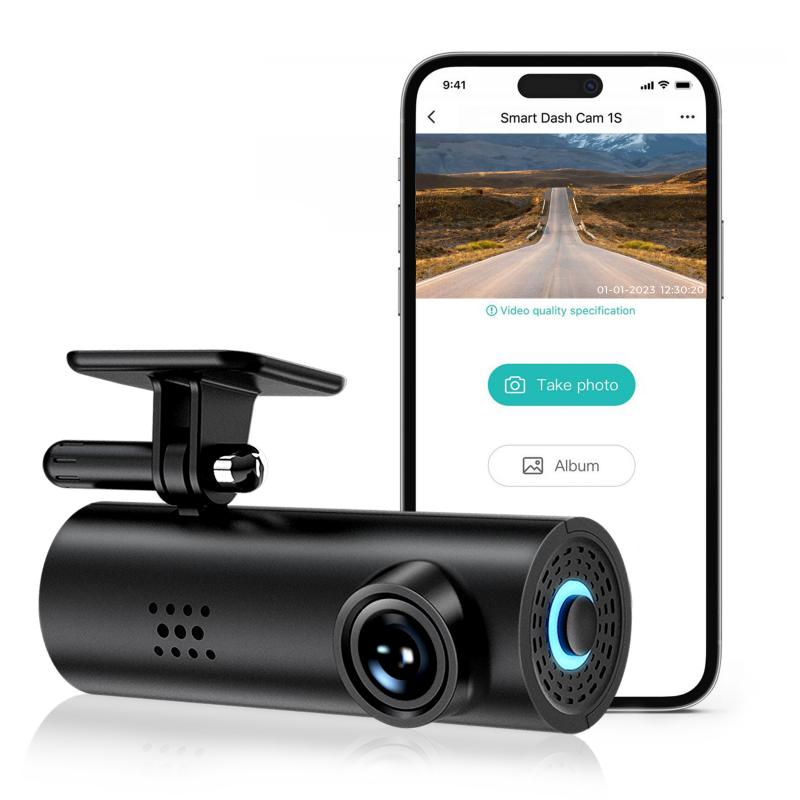
The OBD-II port, typically used for vehicle diagnostics, can also be used to power a dash cam. This method involves connecting the dash cam to the OBD-II port using a compatible power cable.
Advantages:
- Ease of Installation: Similar to the cigarette lighter adapter, it is relatively easy to install.
- Continuous Power Supply: Provides power even when the vehicle is off, supporting parking mode.
Disadvantages:
- Limited Port Availability: The OBD-II port may be needed for other diagnostic tools, limiting its availability for the dash cam.
- Cable Management: Similar to the cigarette lighter adapter, the cable can be intrusive.
4. Battery Packs
Some dash cams can be powered by external battery packs. These battery packs are charged separately and can provide power to the dash cam for extended periods.
Advantages:
- Portability: Can be used in multiple vehicles without the need for reinstallation.
- Continuous Power Supply: Supports parking mode without draining the vehicle’s battery.
Disadvantages:
- Limited Battery Life: Requires regular recharging, which can be inconvenient.
- Additional Cost: Battery packs can be expensive.
5. Capacitors
Capacitors are an alternative to traditional lithium-ion batteries used in some dash cams. They store energy and provide power to the dash cam.
Advantages:
- Durability: More resistant to extreme temperatures compared to lithium-ion batteries.
- Safety: Lower risk of overheating and battery swelling.
Disadvantages:
- Limited Power Storage: Capacitors provide a shorter power supply duration, typically only enough to save the last recording when the vehicle is turned off.
- Complex Installation: Often requires professional installation.
Practical Tips for Powering Your Dash Cam
To ensure your dash cam remains operational and reliable, consider the following practical tips:
1. Choose the Right Power Method: Assess your needs and technical skills before deciding on a power method. For instance, if you require parking mode, hardwiring or using the OBD-II port may be more suitable.
2. Professional Installation: If you opt for hardwiring, consider professional installation to avoid potential issues like battery drain or incorrect wiring.
3. Regular Maintenance: Check the power connections regularly to ensure they are secure and free from damage.
4. Monitor Battery Health: If using a battery pack, monitor its health and recharge it as needed to ensure continuous operation.
5. Consider Environmental Factors: If you live in an area with extreme temperatures, consider using a dash cam with a capacitor for better durability.
Understanding how dash cams are powered is crucial for ensuring their effective operation and longevity. Whether you choose the simplicity of a cigarette lighter adapter, the continuous power of hardwiring, the convenience of the OBD-II port, the portability of battery packs, or the durability of capacitors, each method has its unique advantages and considerations. By selecting the right power method and following practical tips, you can ensure your dash cam remains a reliable companion on the road, capturing every moment and providing peace of mind.


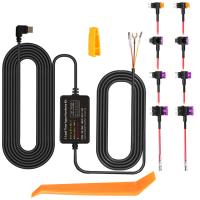
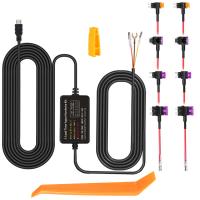
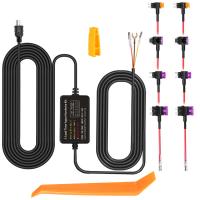


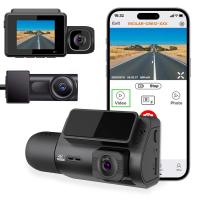









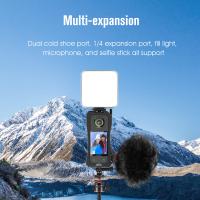
There are no comments for this blog.